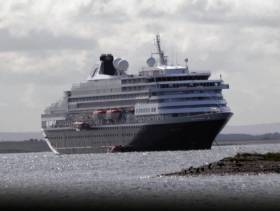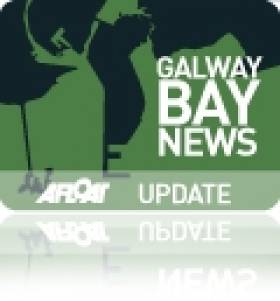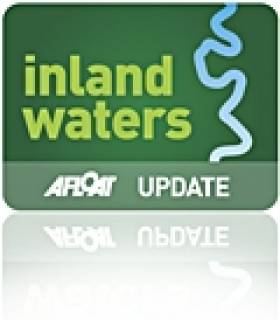Displaying items by tag: Galway City Council
#GrantSlashed - There was consternation among Galway City County councillors that its marketing promotion fund would hand over €10,000 to the Port of Galway to attract cruise ships when the harbour body lavished handsome salaries on its executives.
According to the Connacht Tribune, in a debate over how to divide up the yearly fund worth €206,000, Fianna Fáil Councillor Mike Crowe said he believed directors of the Harbour Board were ‘handsomely paid’ and it was questionable whether they should be compensated by the Council to do their job.
The concern was taken up Cllr Donal Lyons (Ind), who noted that the Galway Harbour Board was a private company and that at the minute the port was unable to accommodate large cruise ships due its tidal nature.
Fine Gael’s Padraig Conneely recalled that the fund was set up in the wake of the Volvo Ocean Race to pay for free public events during a new, large festival which had the capacity to draw in large crowds. To read more on the story, click here.
#GalwayBay - A Galway City Council official has denied claims that raw sewage from a treatment plant at Mutton Island is being discharged into Galway Bay.
As the Galway Advertiser reports, Ciarán Hayes told a special meeting of the council last Monday 15 April that he "would not like the impression to go out that we would allow sewage to be discharged, it's not".
Hayes was responding to questions from Cllr Catherine Connolly with regard to tenders issued for the upgrading of the treatment plant, which forms part of the Galway Main Drainage Stage 3 and which has been approved for funding from the Department of Environment.
He added that the current system is licences by the Environmental Protection Agency (EPA) and "is in accordance with industry best practice".
Meanwhile, the meeting also discussed a proposed extension of pedestrian access to Mutton Island lighthouse, which as previously reported on Afloat.ie was opened to tour groups last year after extensive refurbishment since 2005.
The Galway Advertiser has more on the story HERE.
Bridge Report Could Herald New Corrib Crossing for Galway
#RIVER CORRIB - A consultant’s report on Wolfe Tone Bridge in Galway could clear the way for a new crossing of the River Corrib, according to The Connacht Sentinel.
Galway City Council has confirmed that the €400,000 report will look at the possibility of a new bridge for vehicular traffic downstream of the existing span.
“Given the age of the current structure, we have to look at plans for the construction of a new bridge and the retention of the existing crossing as part of a walkway over the Corrib," said the council's director of services Ciarán Hayes.
“There is no doubt that such a walkway, as part as an overall regeneration plan for the area, would be a most welcome addition to the amenity infrastructure of this historic part of the city."
The €400,000 allocation for the report commission will comes from the National Roads Authority and Department of the Environment budget for regional and local roads in 2012. The report is expected to be carried out later this year.






























































